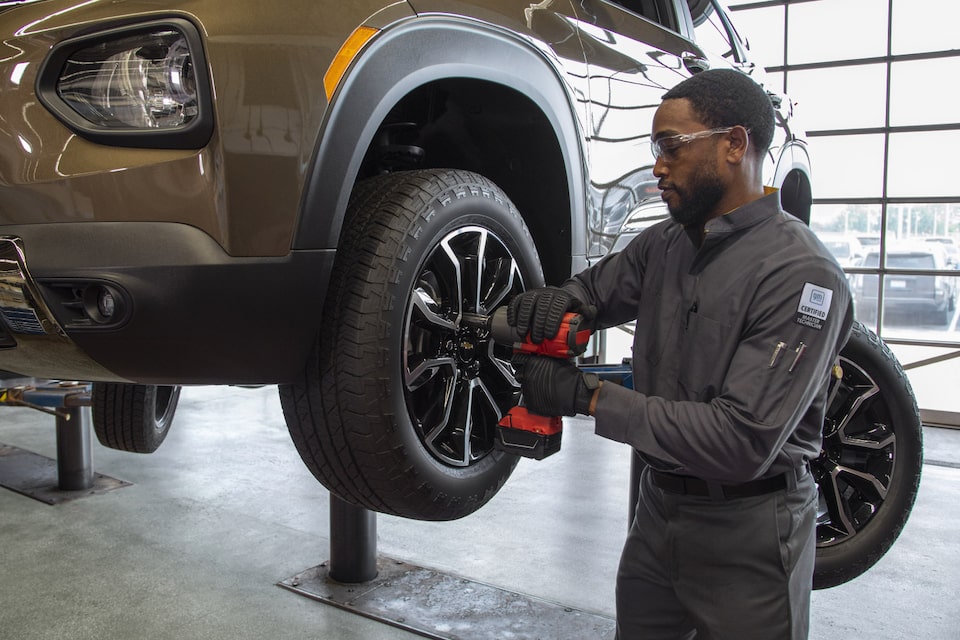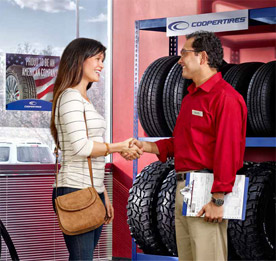Tire Solution: The Impact of Weather
When it comes to ensuring optimal performance and safety on the road, understanding the impact of weather condition conditions on tire service is important. In this conversation, we will certainly check out the complex connection between weather condition conditions and tire service, shedding light on the importance of weather-specific tire upkeep techniques and factors to consider.
Warmth and Tire Efficiency
When exposed to high temperature levels, tires experience modifications in performance that can dramatically affect vehicle safety and security and handling. The warm generated from long term driving or warm weather problems creates the tire rubber to soften, leading to reduced step life and enhanced wear.
Additionally, high temperature levels can accelerate the process of tire aging, triggering the rubber to wear away more rapidly. To alleviate the results of heat on tire performance, chauffeurs must regularly check their tire pressure, turn tires to make sure also put on, and evaluate for any kind of indicators of damage.
Winter Effects
Cold weather condition conditions can have a considerable influence on tire efficiency and security. As temperature levels decrease, tire rubber can solidify, causing reduced traction on icy or snow-covered roadways. In winter, tires might likewise lose air stress a lot more swiftly, which can impact taking care of and gas effectiveness. Furthermore, chilly temperature levels can trigger tire sidewalls to stiffen, enhancing the risk of damages from pits or other road threats.
To mitigate the results of winter on tires, it is essential to regularly examine tire pressure and inflate them to the manufacturer's advised levels. Making use of wintertime or all-season tires developed for cool weather condition conditions can additionally improve grip and hold on icy or snowy roadways - morris tire and alignment. Proper tire upkeep, including routine inspections for wear and damages, becomes much more essential during cooler months to guarantee optimum performance and safety and security
Rainy Conditions Effect
During rainy problems, tire efficiency and safety and security can be dramatically affected by the damp roadway surfaces and decreased visibility. The tread pattern of tires plays a crucial duty in maintaining grip on damp roadways. Tires with worn-out footsteps are more susceptible to hydroplaning, where a layer of water accumulates between the tire and the road surface area, causing loss of traction. To combat this, drivers should routinely inspect their tires for ample walk depth and consider purchasing tires particularly developed for wet problems.

Snow and Tire Safety
When driving in snowy problems, having the appropriate tires can make a significant difference in security and performance. Wintertime tires are made with unique rubber substances and tread patterns to provide better traction on snow and ice compared to all-season tires.
In addition to utilizing wintertime tires, it is critical to why not try this out guarantee they are properly inflated. Cold weather can cause tire pressure to drop, affecting grip and handling (mopar tire service specials). On a regular basis inspecting and keeping the proper tire stress is necessary for optimum efficiency in snowy problems

Weather-Related Tire Maintenance
When confronted with numerous weather problems, proper tire maintenance comes to be an use this link important facet of car safety and security and efficiency. Weather-related tire maintenance includes an array of practices intended at making certain optimal tire feature and long life in different weather condition situations. One key aspect of weather-related tire maintenance is tire stress law. Varying temperature levels can create tire stress to vary, impacting traction and gas performance. Regularly inspecting and changing tire stress according to manufacturer recommendations is necessary for secure driving in transforming weather. In addition, tire tread depth plays a significant function in dealing with different weather condition aspects. Tires with ample step deepness supply far better hold on wet or icy roads, decreasing the danger of hydroplaning or skidding. Checking tire walk consistently and changing tires when step wear gets to a specific depth is important for maintaining grip and security in damaging climate. By prioritizing weather-related tire maintenance, drivers can boost safety and security, enhance car performance, and lengthen the life expectancy of their here tires.
Verdict
In verdict, weather condition conditions have a substantial impact on tire performance and safety and security (morris tire and alignment). From warmth affecting tire pressure and use to chilly climate reducing traction, it is necessary to take into consideration the weather when maintaining and utilizing tires.
In this conversation, we will certainly discover the intricate relationship between weather condition conditions and tire service, dropping light on the value of weather-specific tire upkeep techniques and factors to consider.
